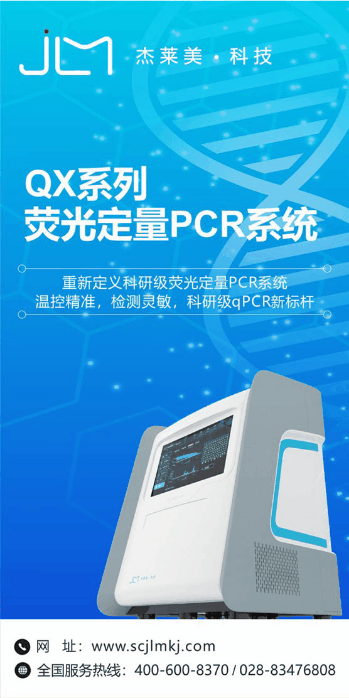Author: Pick Kuen Chan, Bandana Biswas, and Peter M. Gresshoff
Three independent ethylene insensitive mutants were selected from an EMS- mutagenized population of Lotus japonicus MG-20 (Miyakojima). The mutants, called ‘Enigma’, were mutated in the LjEIN2a gene from Lotus chromosome 1, sharing significant homology with Arabidopsis EIN2 (ethylene-insensitive2). All three alleles showed classical ethylene insensitivity phenotypes (e.g., Triple Response), but lacked the increased nodulation phenotype commonly associated with ethylene insensitivity. Indeed, all showed a marginal reduction in nodule number per plant, a phenotype that is enigmatic to sickle, an ethylene-insensitive EIN2 mutant in Medicago truncatula. In contrast to wild type, but similar to an ETR1-1 ethylene ethylene-insensitive transgenic of L. japonicus, enigma mutants formed nodules in between the protoxylem poles, demonstrating the influence of ethylene on radial positioning. Suppression of nodule numbers by nitrate and colonisation by mycorrhizal fungi in the enigma-1 mutant were indistinguishable from the wild-type MG-20. However, reflecting endogenous ethylene feedback, the enigma-1 mutant released more than twice the wild-type amount of ethylene. enigma-1 had a moderate reduction in growth, greater root mass (and lateral root formation), delayed flowering and ripening, smaller pods and seeds. Expression analysis of ethylene-regulated genes, such as ETR1, NRL1 (neverripe-like 1), and EIL3 in shoots and roots of enigma-1 and MG-20 illustrated that the ethylene-insensitive mutation strongly affected transcriptional responses in the root. These mutants open the possibility that EIN2 in L. japonicus, a determinate nodulating legume, acts in a more complex fashion possibly through the presence of a duplicated copy of LjEIN2.
Chan PK, Biswas B, Gresshoff PM (2013) Classical ethylene insensitive mutants of the Arabidopsis EIN2 orthologue lack the expected ‘hypernodulation’ response in Lotus japonicus. J. Integr. Plant Biol. 55(4), 395–408.

 . Different phloem-mobile RNAs are also delivered from source leaves to developing leaves ⑤ and the shoot apex ⑥ where they regulate development under Pi-stress conditions.
[Detail] ...
. Different phloem-mobile RNAs are also delivered from source leaves to developing leaves ⑤ and the shoot apex ⑥ where they regulate development under Pi-stress conditions.
[Detail] ...



 Scan the QR code to view JIPB on WeChat
Scan the QR code to view JIPB on WeChat













